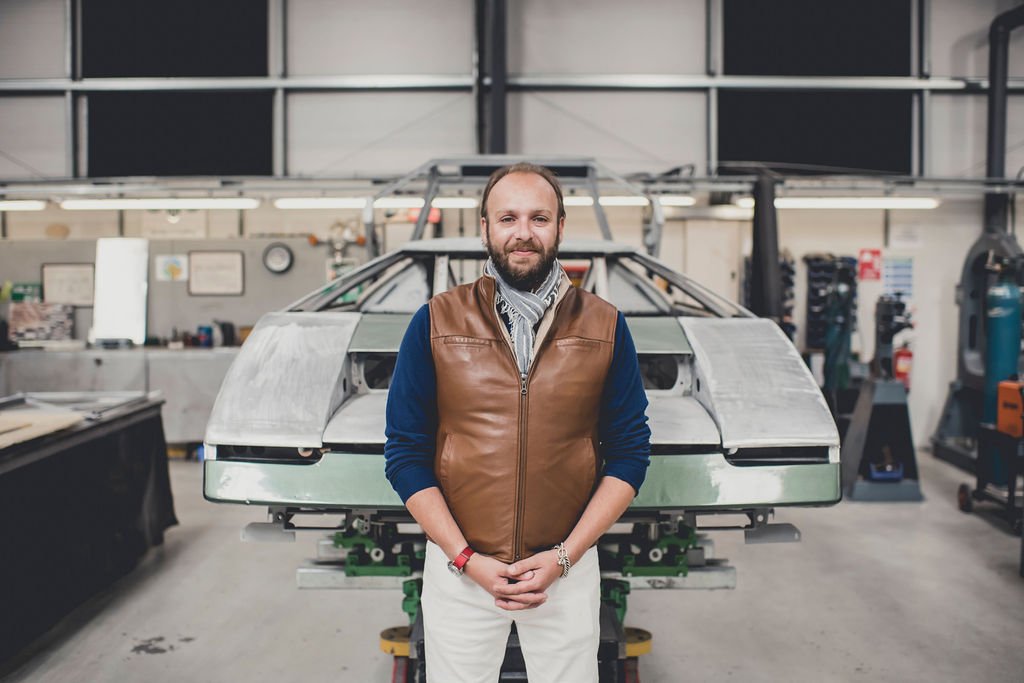
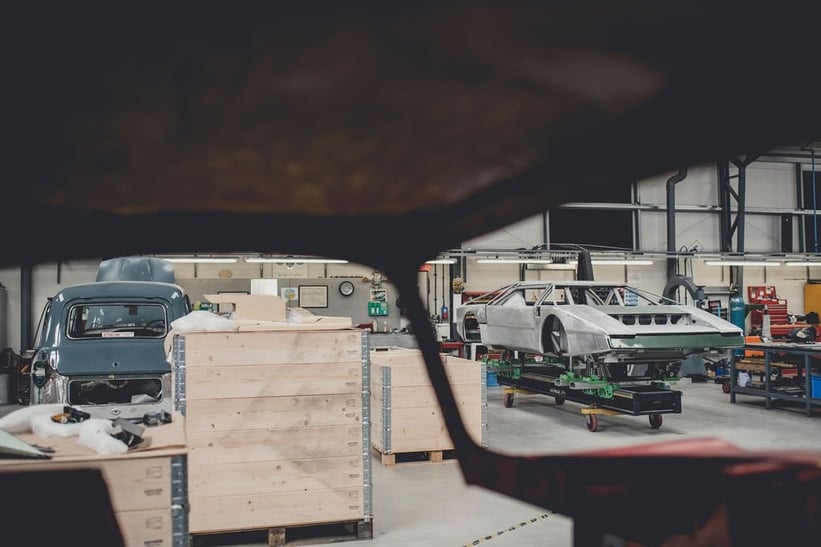
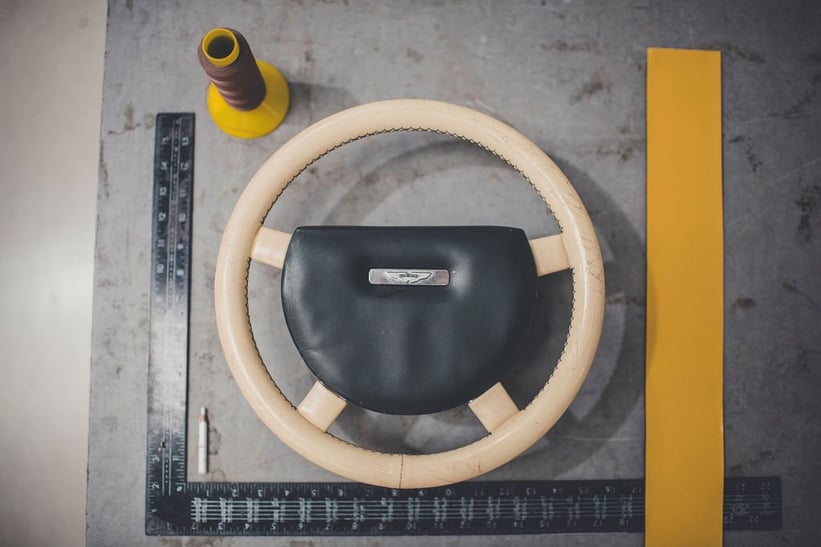
Richard Gauntlett’s father Victor was the Executive Chairman of Aston Martin from 1981 to 1991. Victor turned around the struggling brand that was considering closing its production line and focusing only on service and restoration works. The Aston Martin Bulldog, a concept car that arrived in 1978 and broke speed records in 1980, was the company’s halo product. It has been hidden from the public eye for many years, but Richard and its new owner are now having the car fully restored, with plans to see this Phoenix rise from the ashes and finally hit the 200mph speed it always promised to achieve.

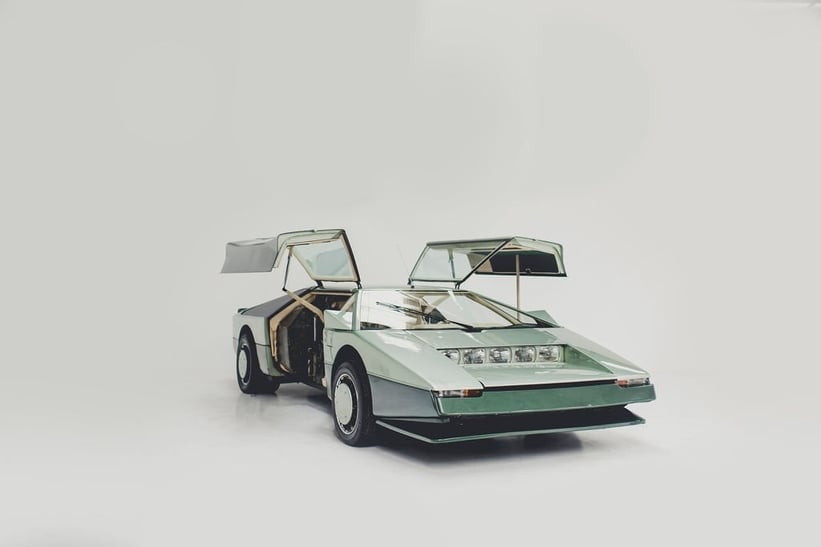
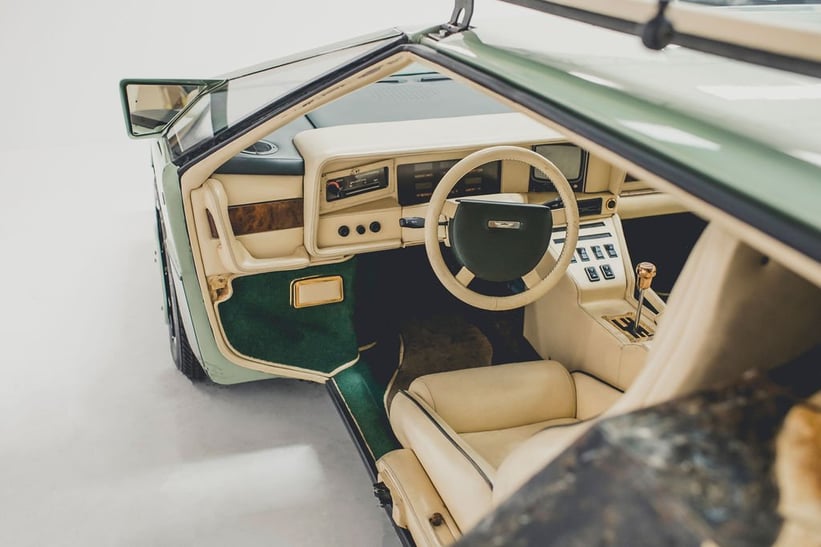
Richard, great to see you again. Can you please introduce us to the Aston Martin Bulldog and its history?
“It’s a true underdog story. What you have here is what some people consider to be the world's first hypercar. I think that's a really interesting idea, because how does one define a hypercar? In basic terms, it seems to be when supercars jump a percentage higher in performance and technology than anything else available. This car did 192 miles per hour, in period, at the MIRA test track in Nuneaton in 1980 – with two people on board.”
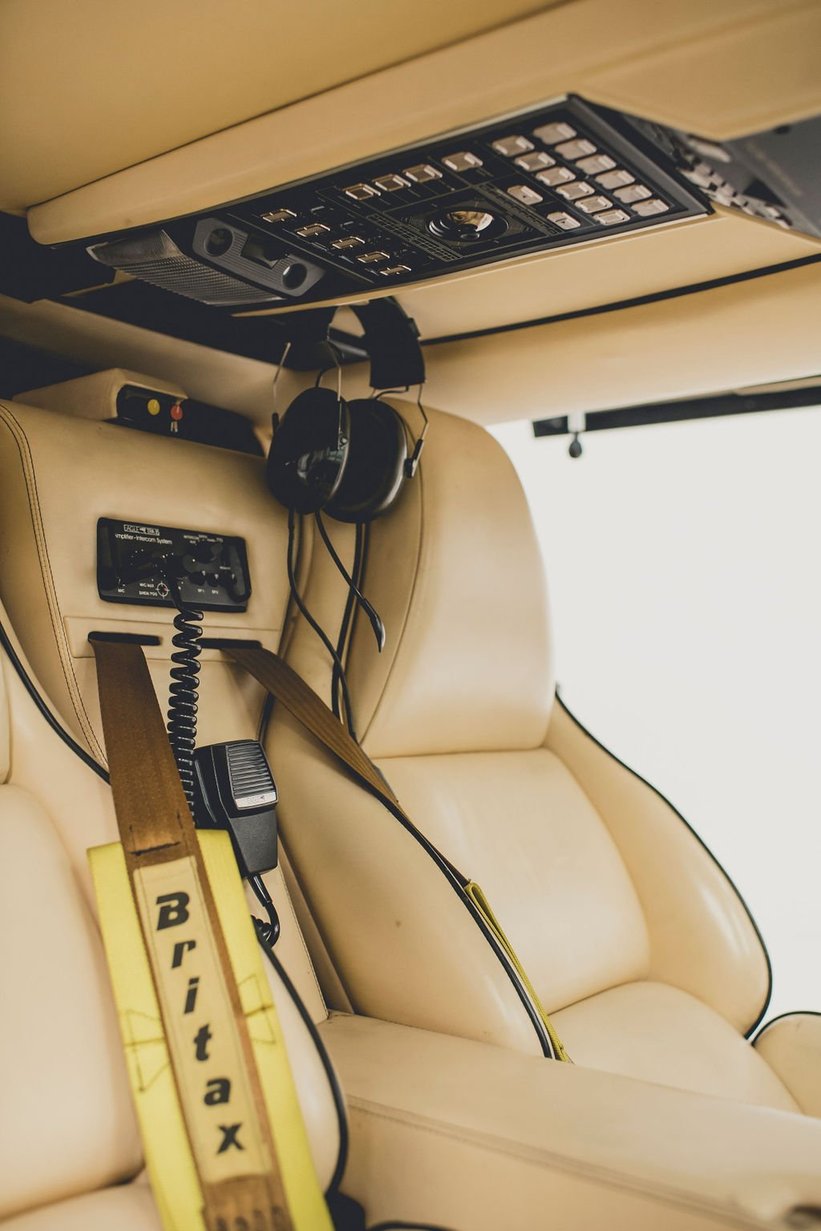
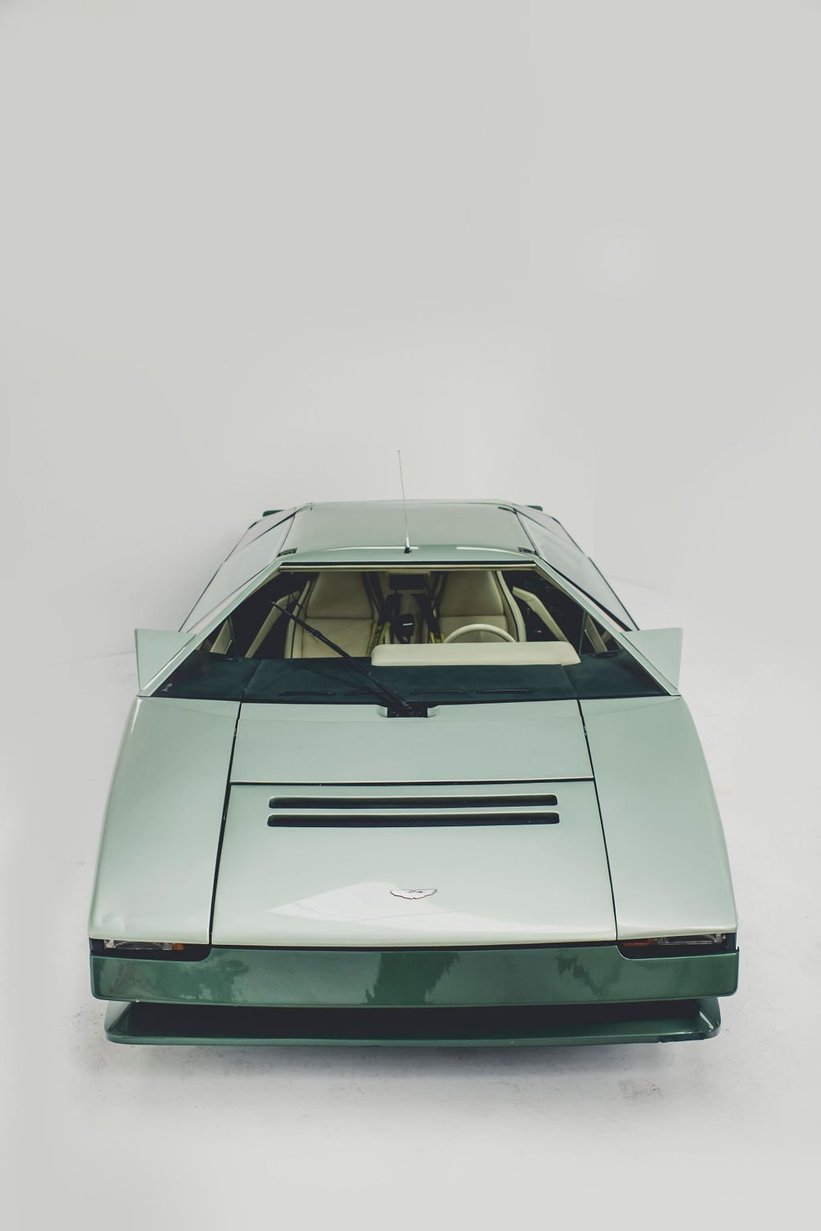
That really is a phenomenal achievement, compared to other supercars of the era...
“Now I think that's pretty interesting, because you could say, "Countach, what Countach?" At the same time, you had journalists getting 170, maybe 180mph out of the Countach. Let’s say that it was 170 – in percentage terms (bearing in mind we know how much more force is required to go from 170 to 192) the Bulldog was a quantum leap in performance! Remember this car was started in 1978 and finished in 1979.”
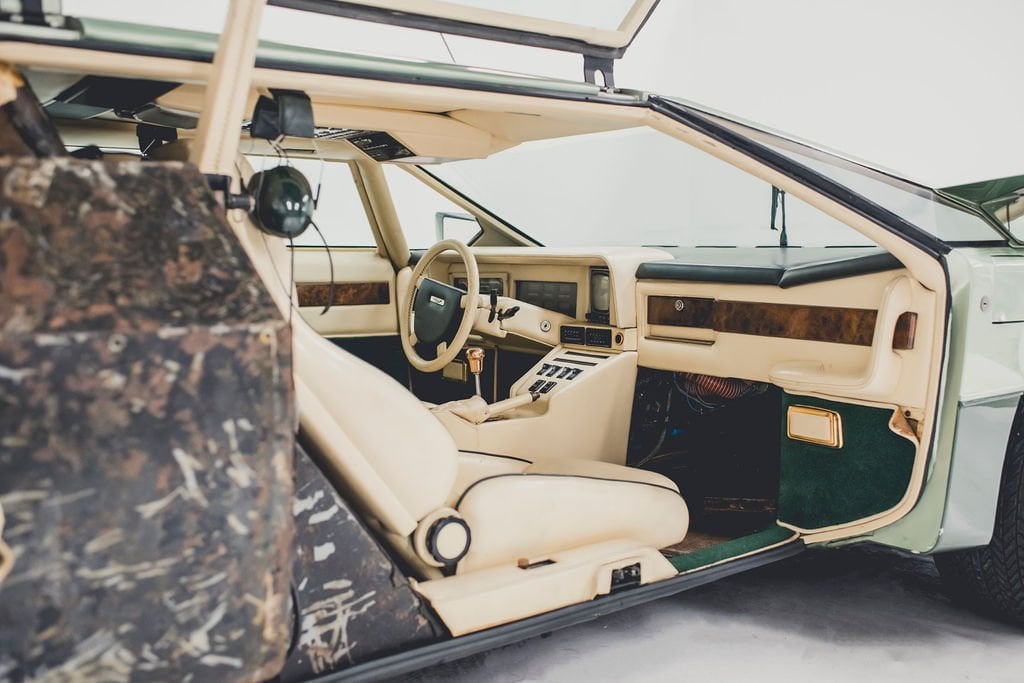
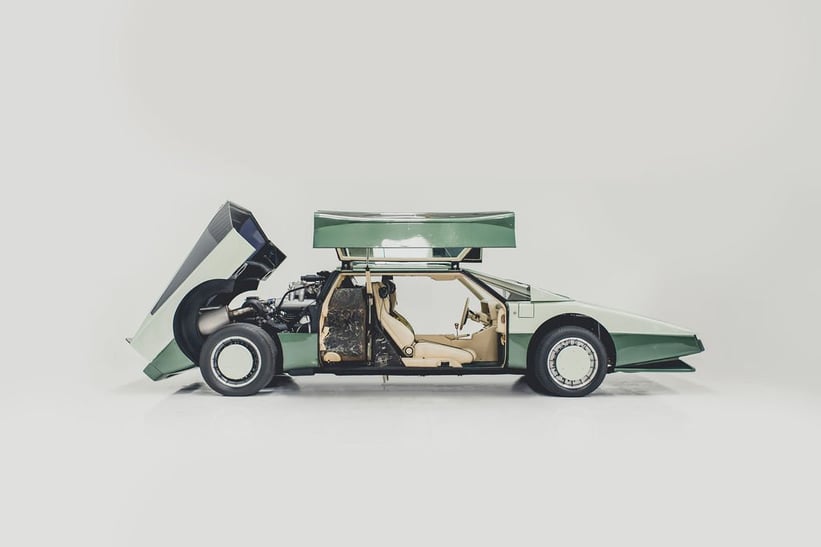
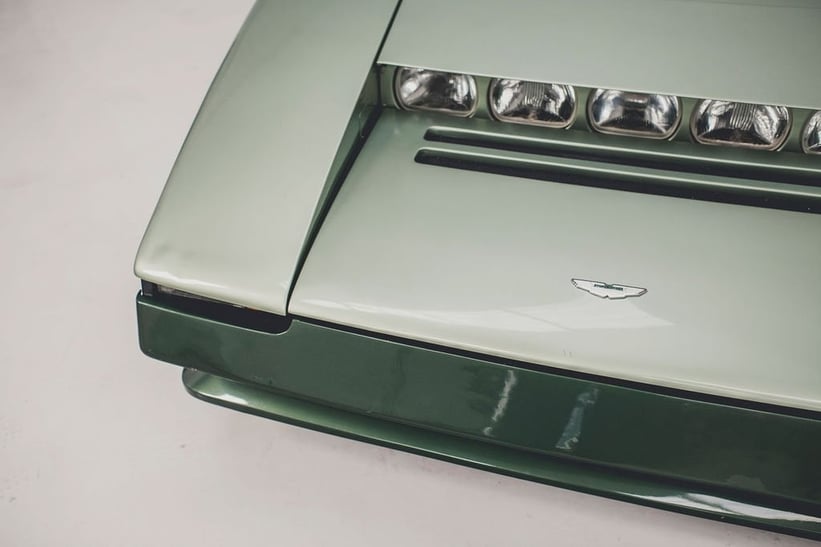
That’s a pretty quick turnaround, from a design draft to hitting 192mph on the road in 12 months! But Aston Martin hadn’t been in great financial shape a few years before?
“Yes, the company had gone bust in 1975. So, to restart it in 1976 and come up with the Bulldog, I just think it was fascinating to have achieved that. And the result is real. It was verified at MIRA.”
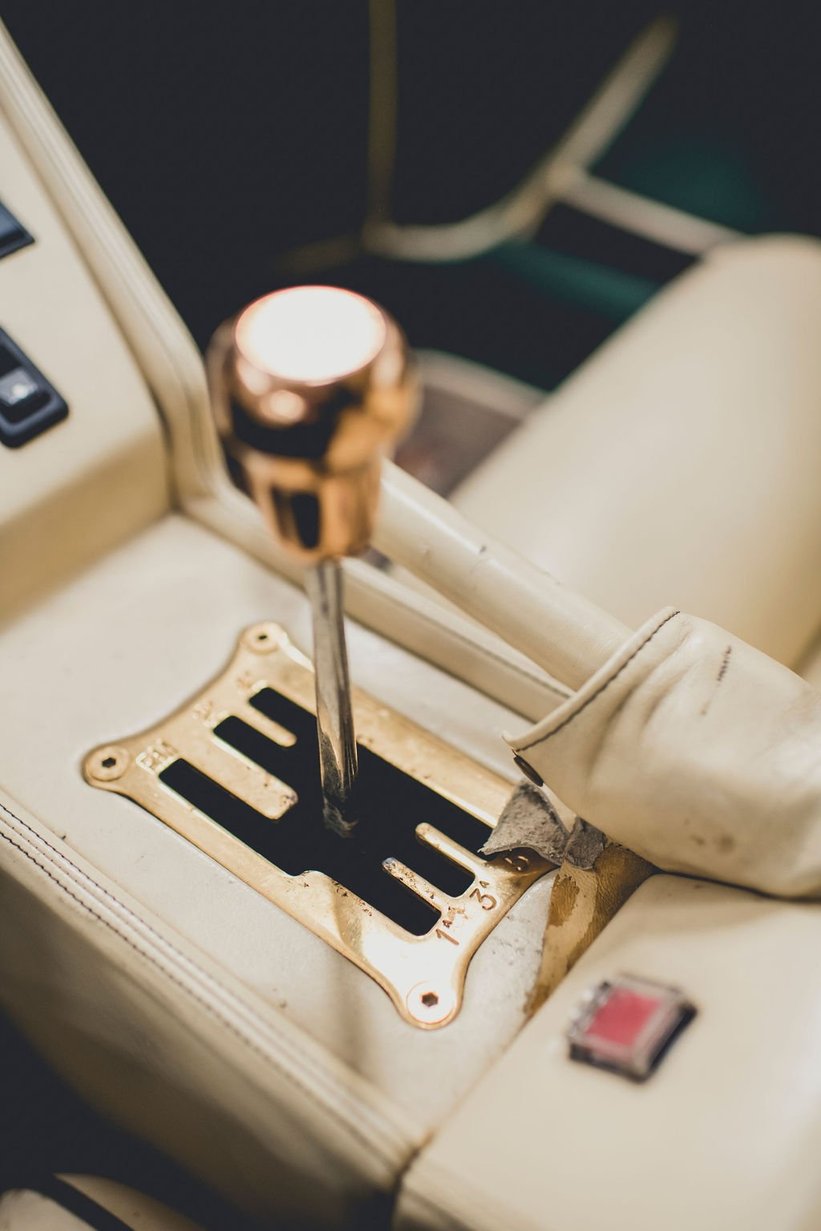
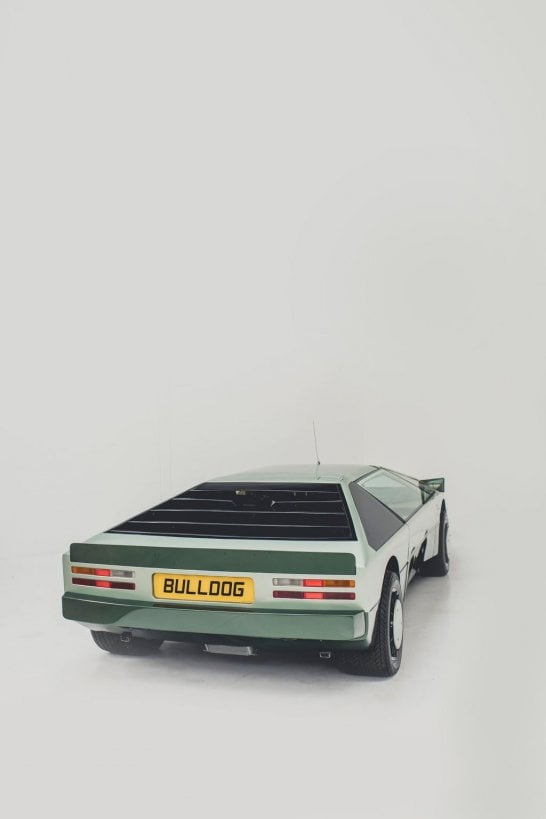
When you think of speed records, companies always strip the cars, add special tyres, super fuel and tune the engine up. It was quite a statement of intent to go over 190mph with a passenger on board!
“In the modern world, brands such as McLaren and Ferrari will create special editions and talk about it being 60 or 30 kilos lighter. And there they were with a passenger in the Bulldog! Let's give that person the benefit of the doubt and say they weighed 75 kilos, that’s quite an additional weight. I've found the original press release from 1980, when they'd already done the testing. It made a point that this was Aston Martin's shot at making the world's finest supercar, without sacrificing the things that are important to an Aston Martin customer.”
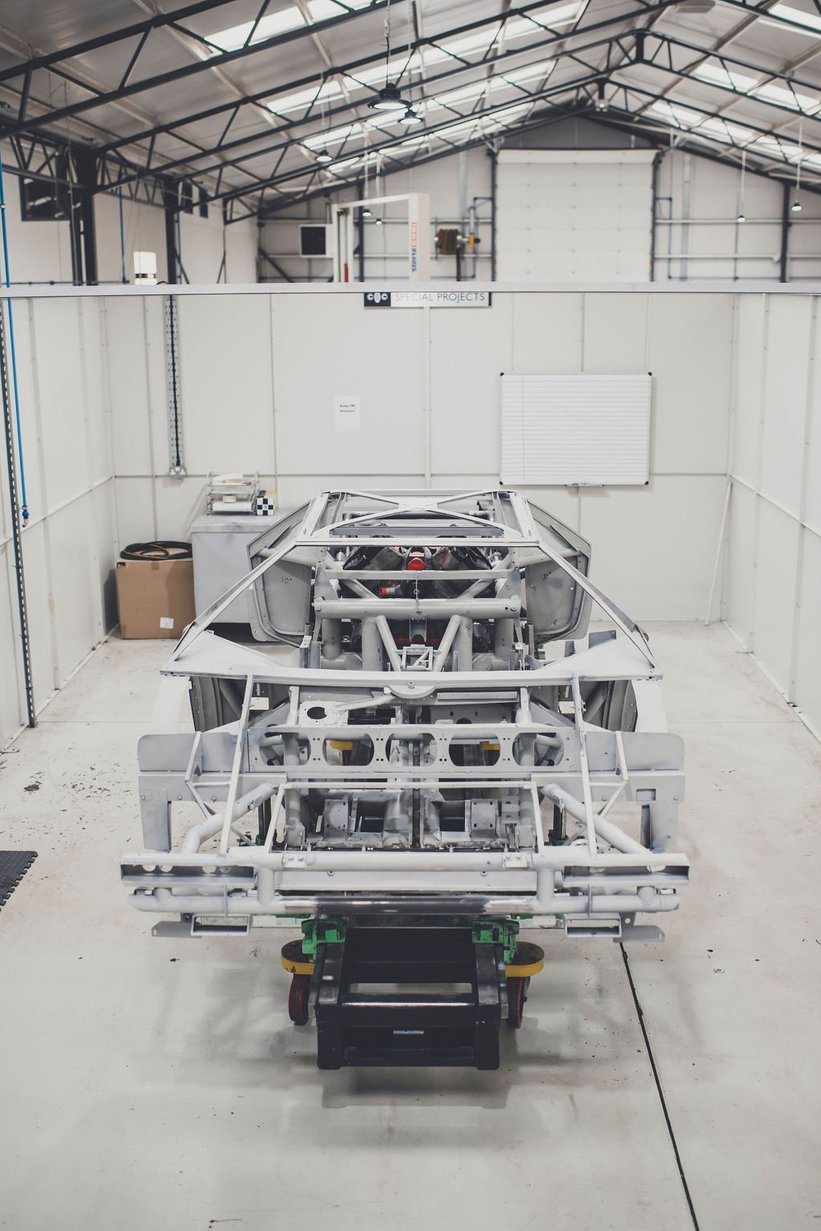

I guess an Aston Martin customer was used to expecting luxurious comfort in their cars?
“They weren’t saying ‘We're making the world’s fastest (road) car’ – even though it was. They were saying: ‘We're making what we believe to be the ultimate supercar whilst maintaining our customer’s expectations. We're not sacrificing comfort, air-conditioning, half-a-dozen dead cows and a full set of stereo equipment’.”
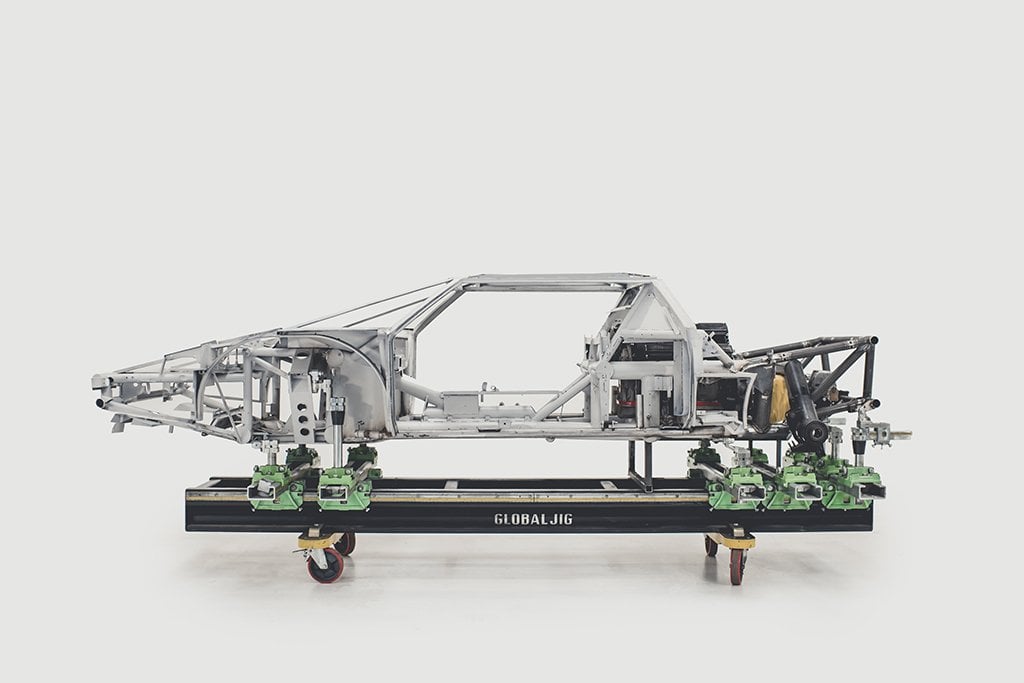
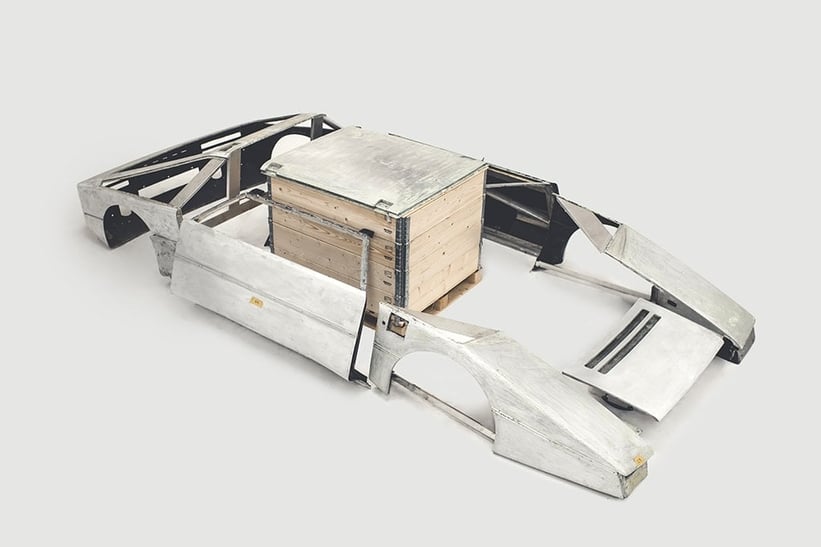
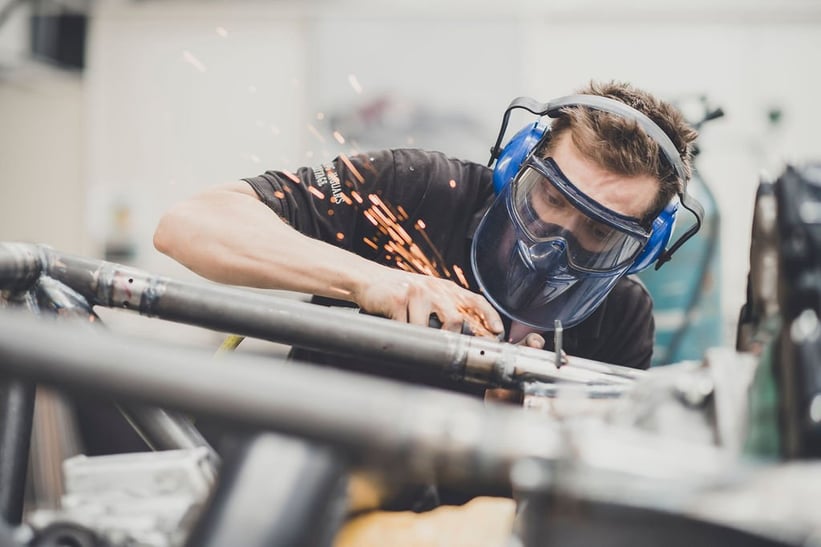
Tell me about the designer, William Towns. He seems like a fascinating character, a forward-thinker with some great ideas...
“Had the Bulldog been made by Ferrari or similar, then the person who designed it would be spoken about in reverential tones. People would whisper: ‘Oh yes, I can introduce you to the legendary Mr X’. Do you know what I mean? There’d be a lot of pomp and circumstance. The person would have enjoyed years of being looked after, people clambering to have a chat with them.”

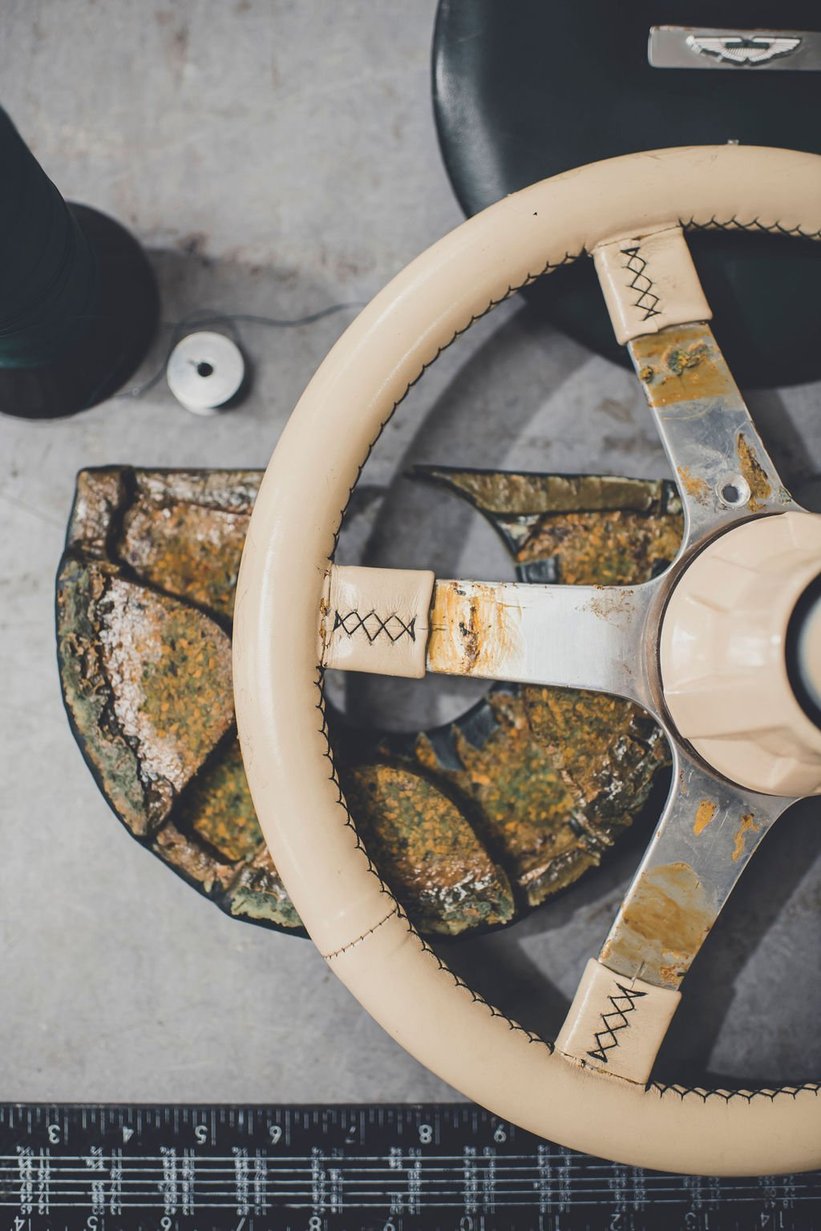
That’s a very good point – very little is spoken of William Towns...
“No-one has properly represented his achievements and they were bloody good. His first major design was the closed coupe Rover-BRM that raced at Le Mans – a great looking car! He then did the DBS and Lagonda for Aston Martin. In 1976 he designed two city cars, the Microdot and the Minissima. He was a proper industrial designer, rather than just an automotive designer; he turned his hand to everything. But like a great architect, his focus was not simply on looks and all the rest of it. The Microdot was a three-seat, central driving position, petrol-electric hybrid. And that was in 1976.”

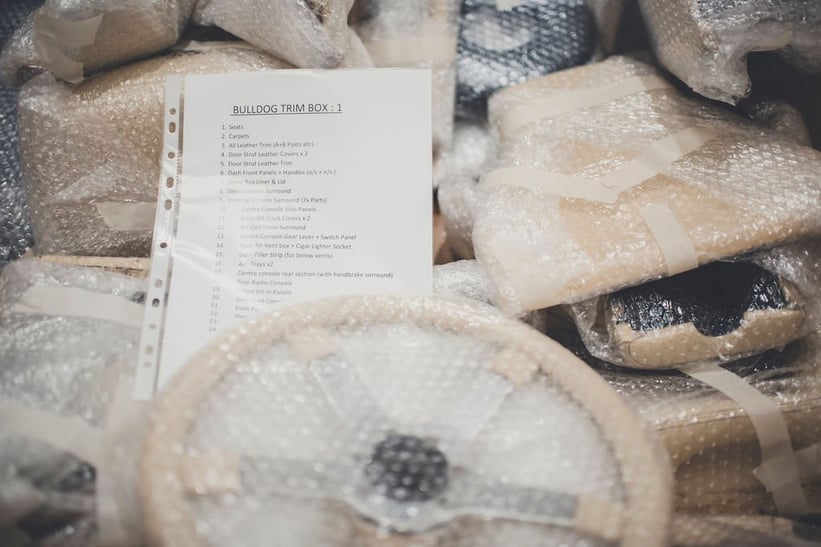
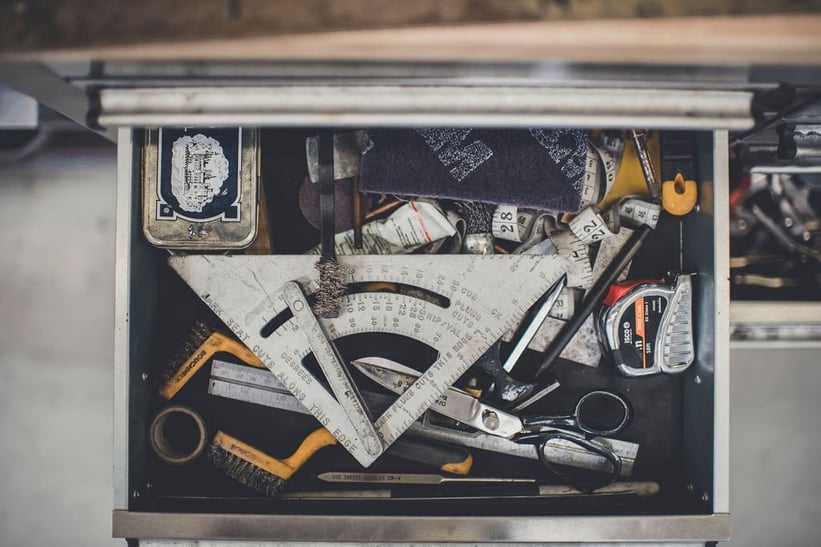
What was planned next for the Bulldog after that initial top-speed run?
“In 1981, everything was going to plan; they wanted to take it to Wolfsburg where there was more room than MIRA. Even though the press release said 190mph, they always believed it was capable of 200mph. My father had taken the company over in January 1981 and while they were still getting plenty of press for the Bulldog, the cost of doing the big runs was very high. The fact that they had decided there was no market for the car at the time meant they either had to get rid of a load of employees or the Bulldog, although it was a major asset. And bear in mind, by the time my father took over, Aston Martin was, very possibly, staring into the chasm of financial ruin once again.”
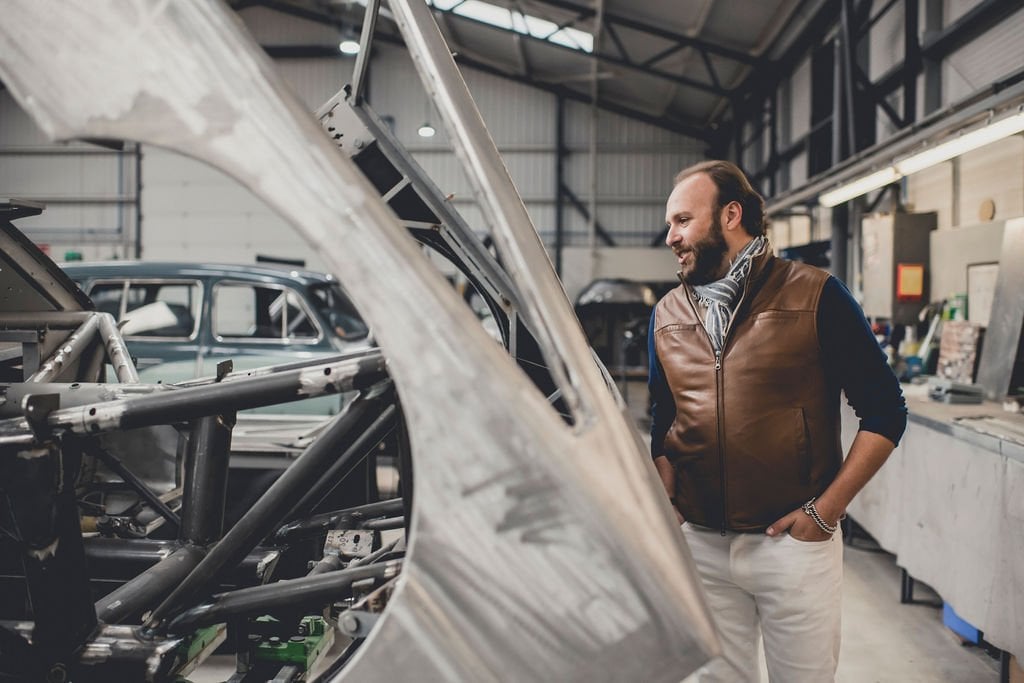
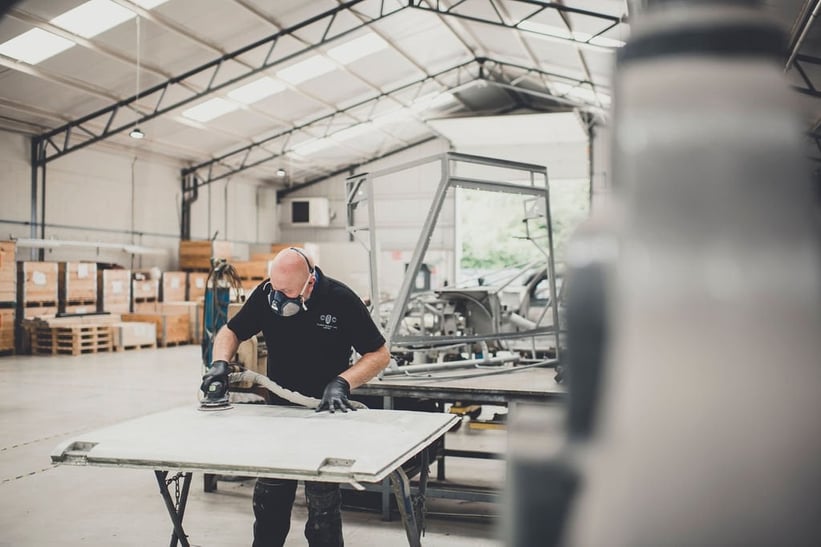
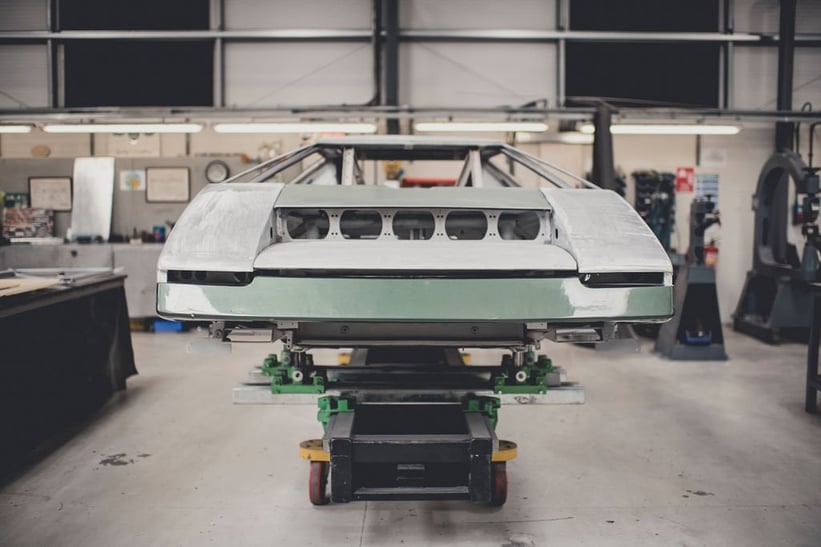
It’s quite a big task to come into a company in that situation and straight away make big decisions...
“I think, in the end, that was an easy decision for him to make. The Bulldog was sold to a Saudi prince, it made its way to Seattle and sat at his house, next to his three Cigarette Racing offshore power boats. The story goes that my Dad was going to sell it and he knew there was interest from this guy. The prince called Dad and said: “Okay, when I'm in the UK, I'll come and have a look at it. In an hour”. They dug out the car and cleaned it. He drove it up the road and decided he was going to buy it, doing a deal on the spot, insisting that he wanted to take it that day. Then he disappeared, chased by his three big black Chevy Suburbans, going like a scalded cat down the M1 towards London.”
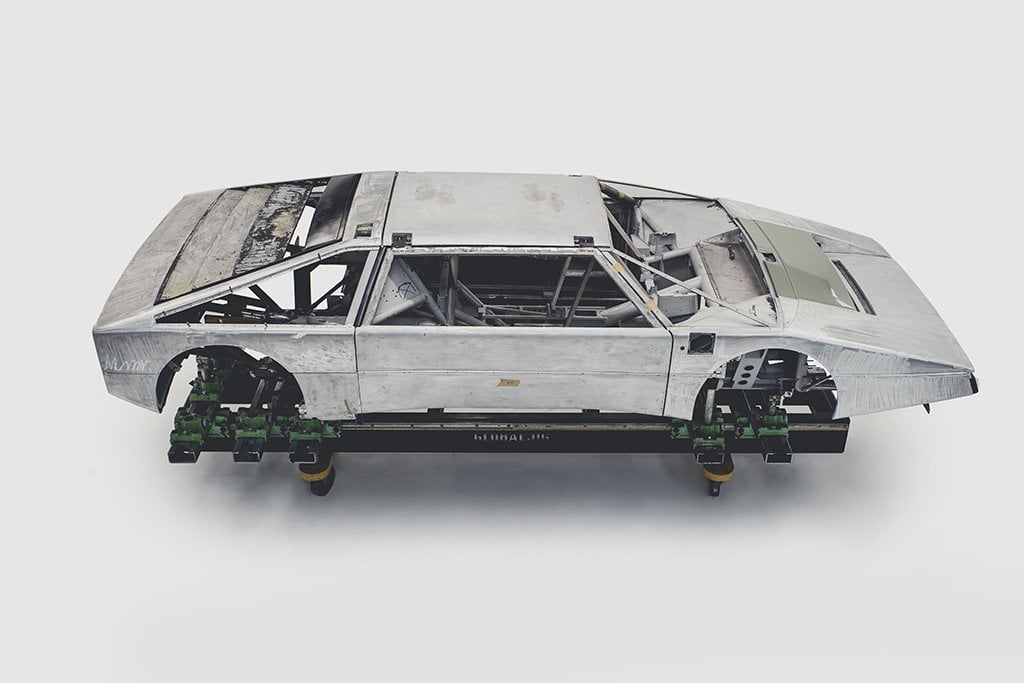
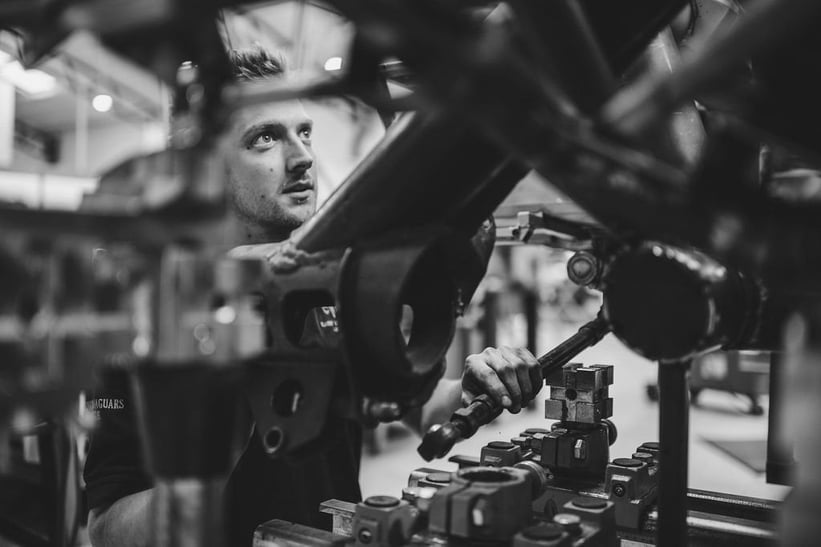
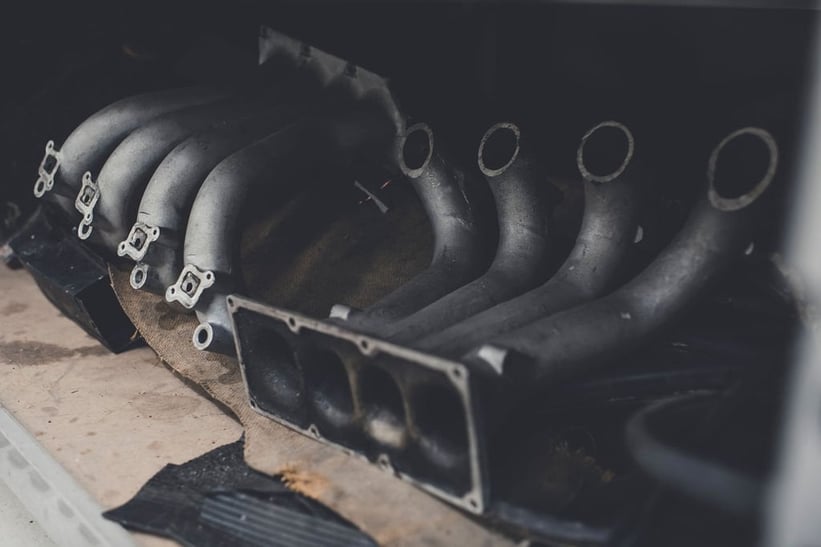
Fantastic, what a sight that must have been. A royal cavalcade!
“Now, it’s told to me – and again, it’s slightly misty as to whether it was exactly that day or if it was very shortly after – but at some stage he was on the motorway and he was going from the top of fourth gear into fifth, which we calculated was about 168mph. Instead of going to fifth he went into third! Obviously, he did a load of damage and that's when the car came back. By that time, he’d decided that he wanted to change the colour scheme from silver to green. To me it really made the car much less dramatic to look at and was rather far away from the colours that William Towns chose for it. That's why we’re obviously going back to the original scheme.”
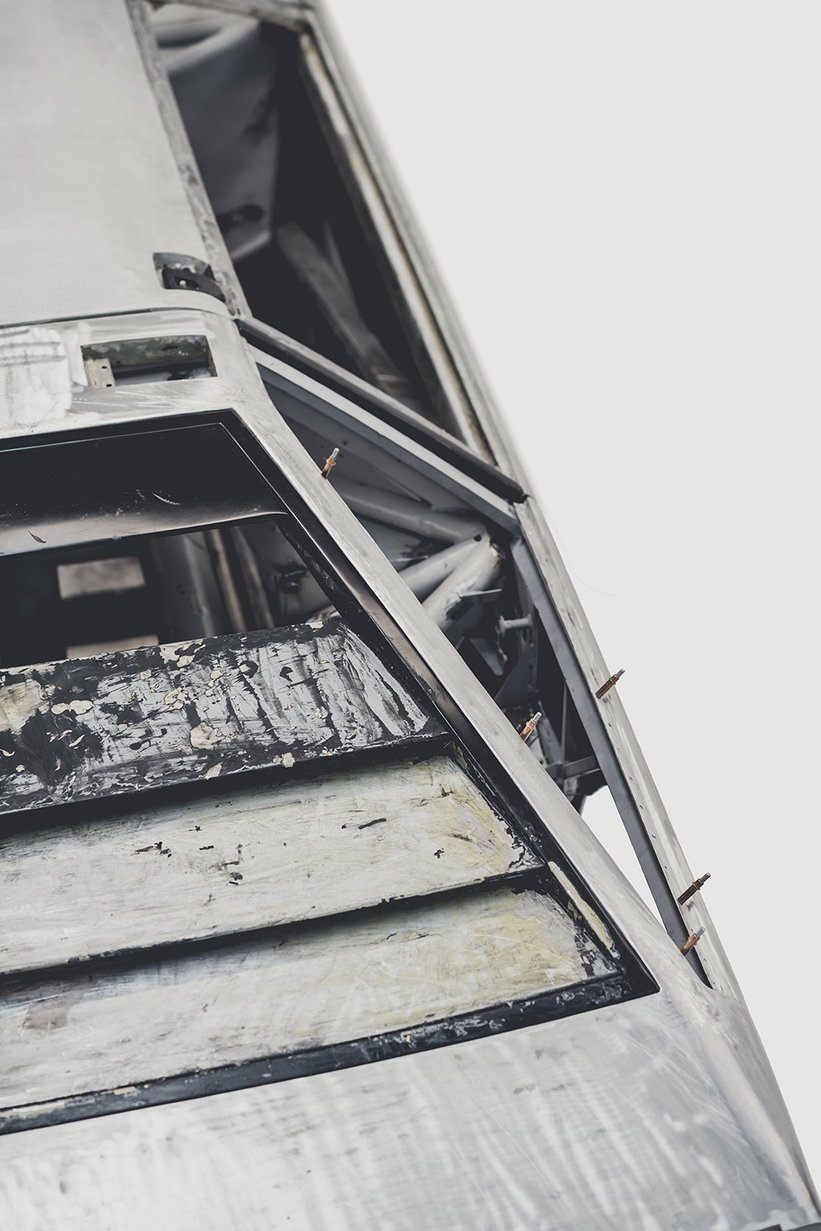
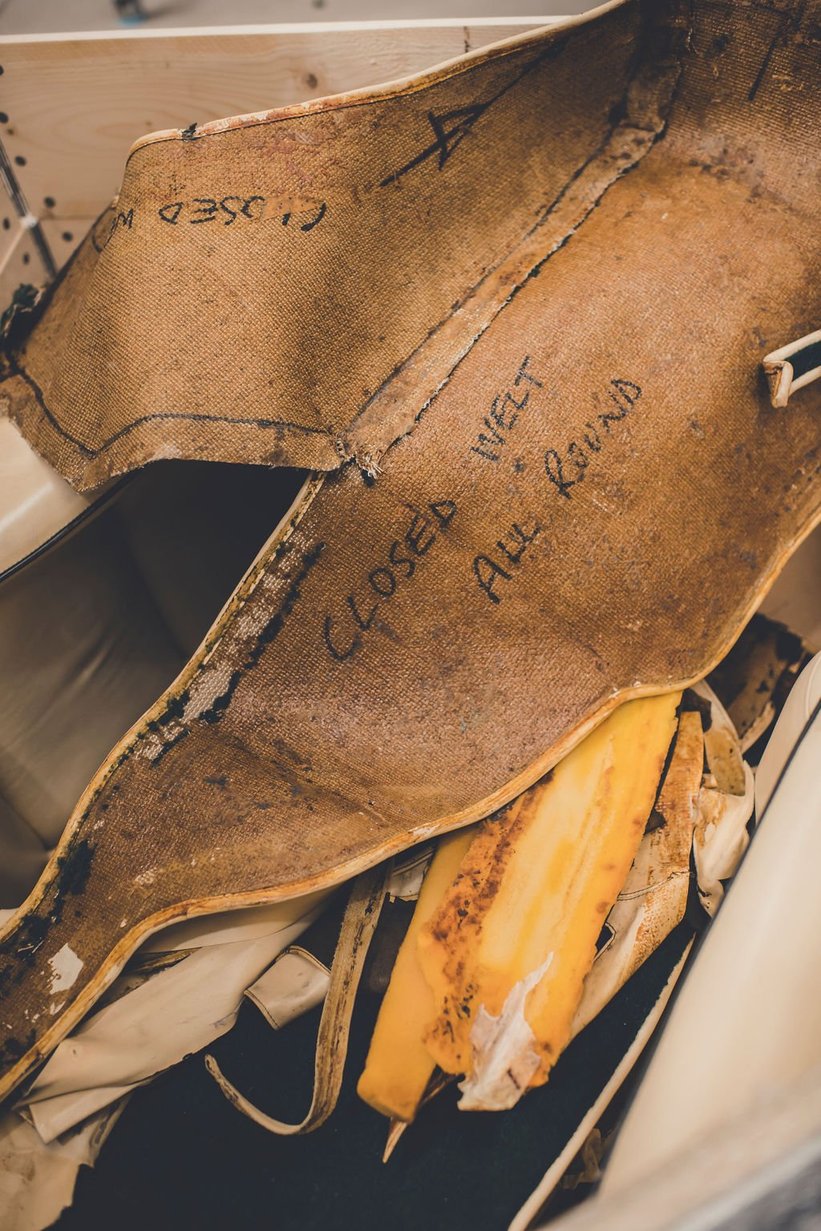
On that note, it’s time to introduce the lucky new custodian of the car, the eclectic US collector Phillip Sarofim, who already owns the mythical Lancia Stratos Zero. We must say, he’s probably the perfect owner for the Bulldog...
Congratulations, Philip! When did you first hear about the car?
“I first heard of the Aston Martin Bulldog as a child. We used to spend a lot of time in London and I was always mesmerised by the sheer craftsmanship and style of manufacturers like Rolls-Royce, Bentley and Aston Martin. They have an uncompromising quality that’s quintessentially British. I’ve always loved cars from that period and the story of Aston Martin’s agony and ecstasy during its turbulent history seemed to me to be the pinnacle of the underdog story. And sitting on top of that pinnacle was the Bulldog – a designer’s fantasy sculpted in metal without compromise. It takes two discerning occupants to hit 200mph in spaceship style and gentleman’s comfort – and it worked!”
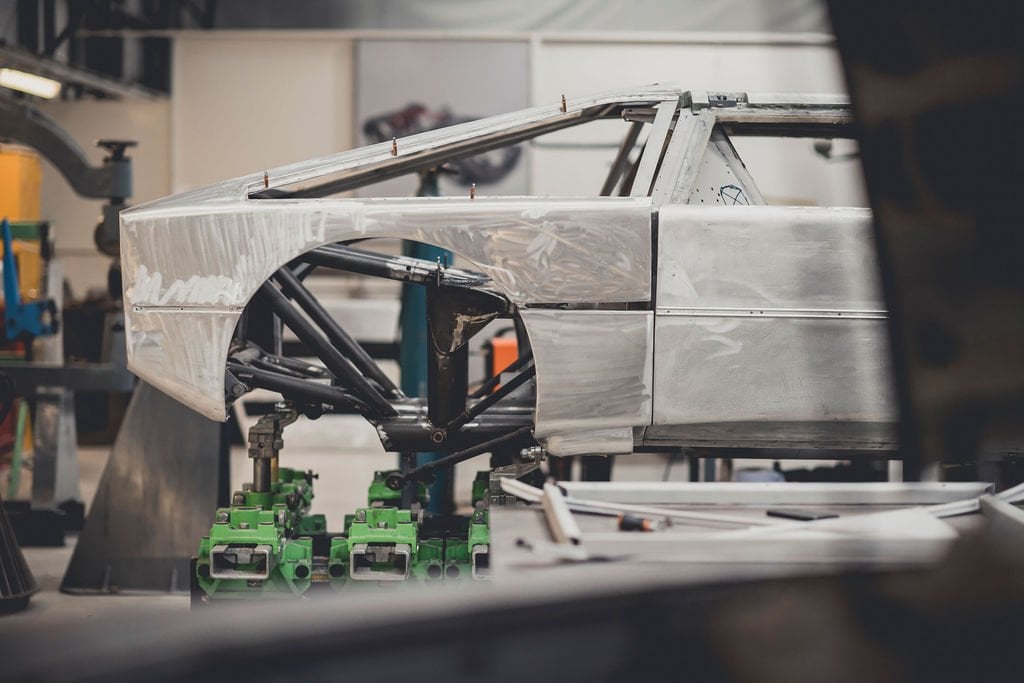
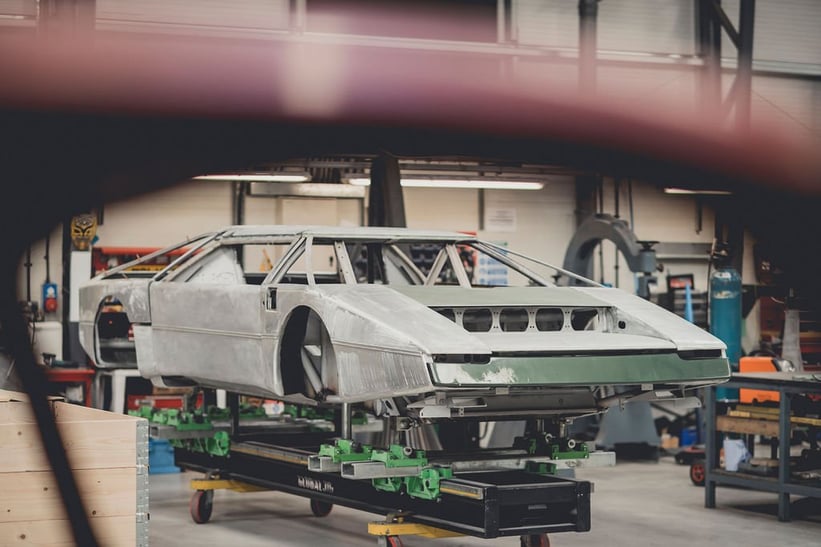
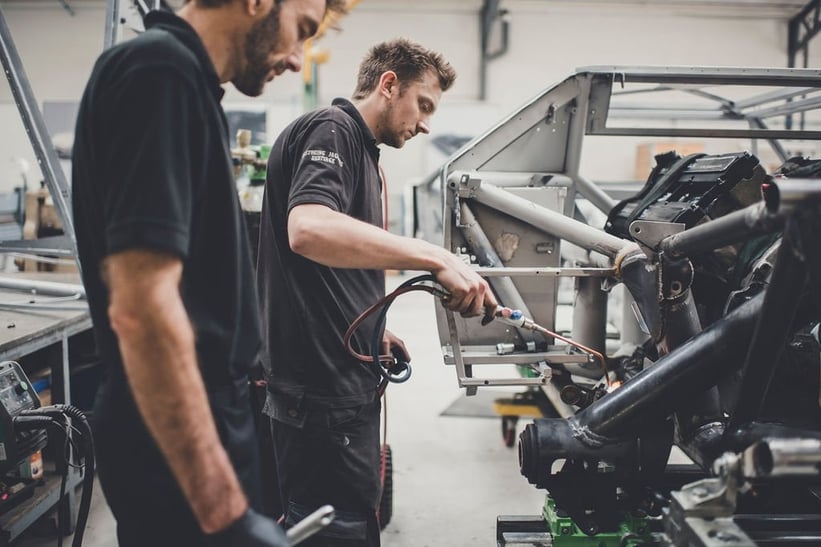
It really is otherworldly. I can only imagine what people thought seeing it revealed in period. How important is it that yourself, Richard and the team behind the car, see the Aston Martin Bulldog back on the road and finally hitting that magical 200mph?
“A concept car is so often exactly that – a concept. People often underestimate the vast chasm that lies between a designer’s inspired drawing and a viable road-going, living and breathing automobile. Concept cars are created every year, but so rarely does a fully formed and engineered concept ever see the light of day. It’s deeply ironic that these cars are so revered that they immediately end up in museums where they cannot fulfil the potential afforded them by the hard-working engineers. Taking cars such as the Lancia Stratos Zero and the Aston Martin Bulldog and putting them back on the road is a vindication of the hard work, heart and soul that was poured into these projects. Hopefully, it shines a deserved bright light on the passion and skill of these world-class designers and engineers.”
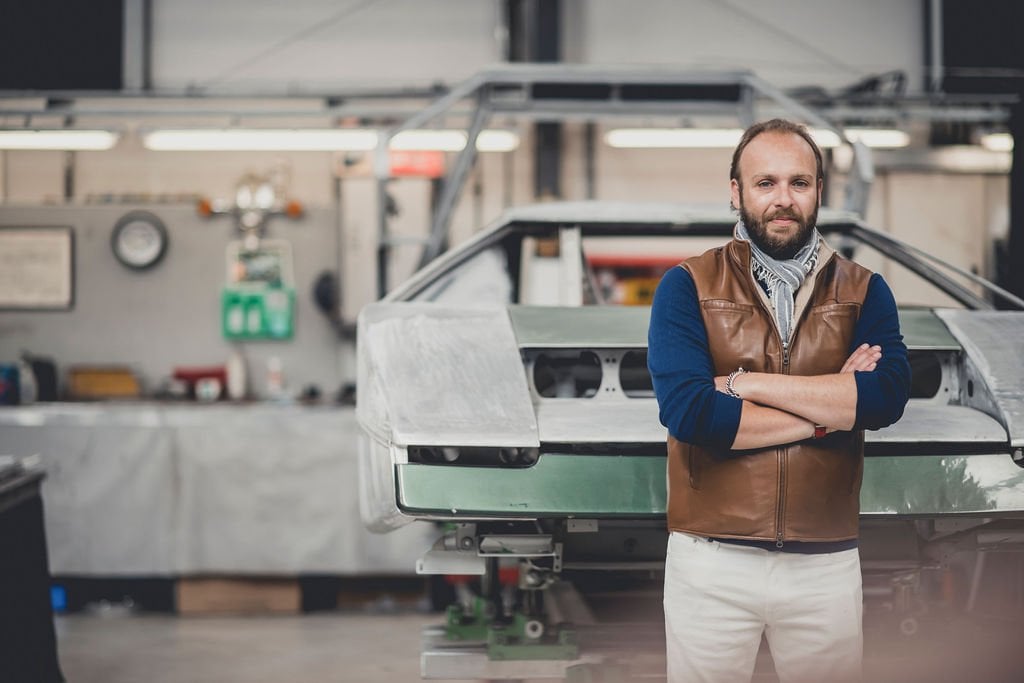
Richard, it seems like Phillip and the Bulldog are a perfect match?
“It's great to have Phillip onboard. He's a huge believer of making sure these things are out there for people to enjoy. Wouldn't it be wonderful if the kids of today see and hear the Bulldog in action? And one of them – as a result of being inspired – goes off to design something incredible? I think there's something lovely about that idea. It's a wonderful way of collecting and it's a really interesting mantra for life, so I take my hat off to Phillip.”
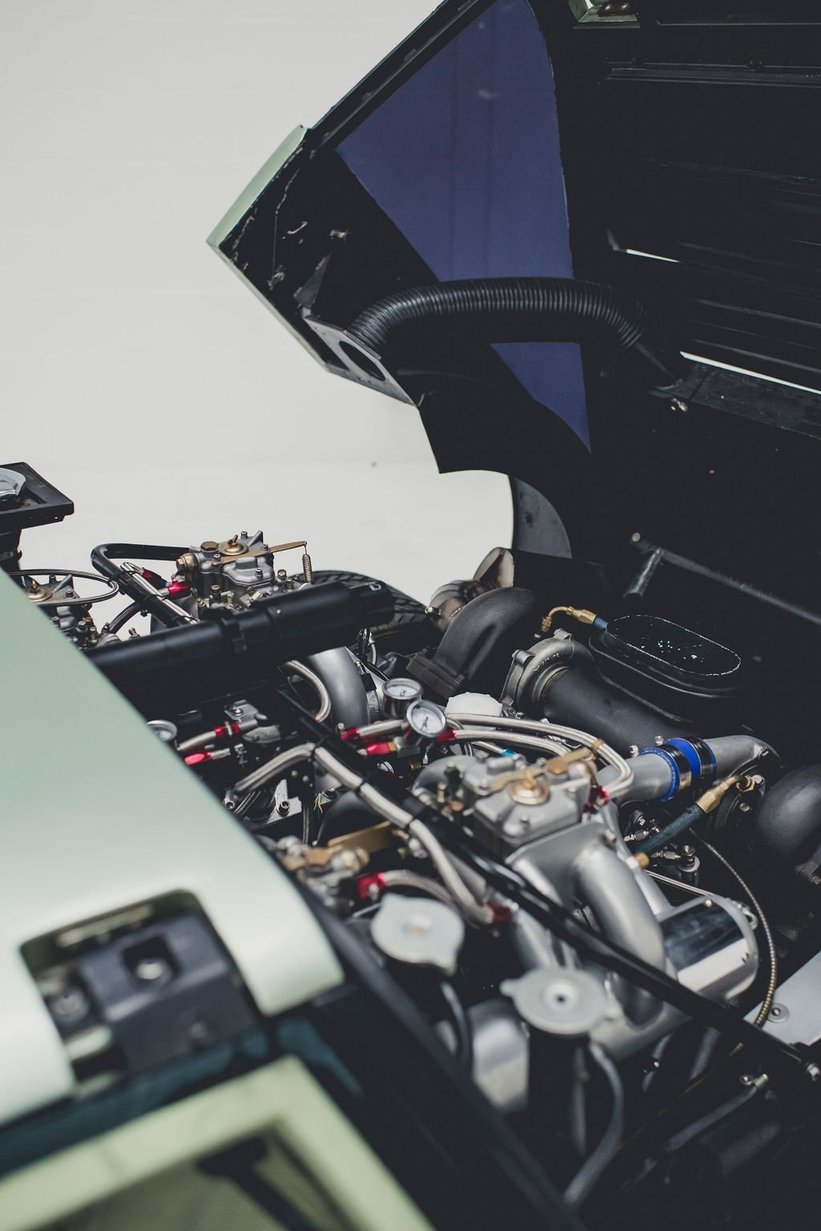
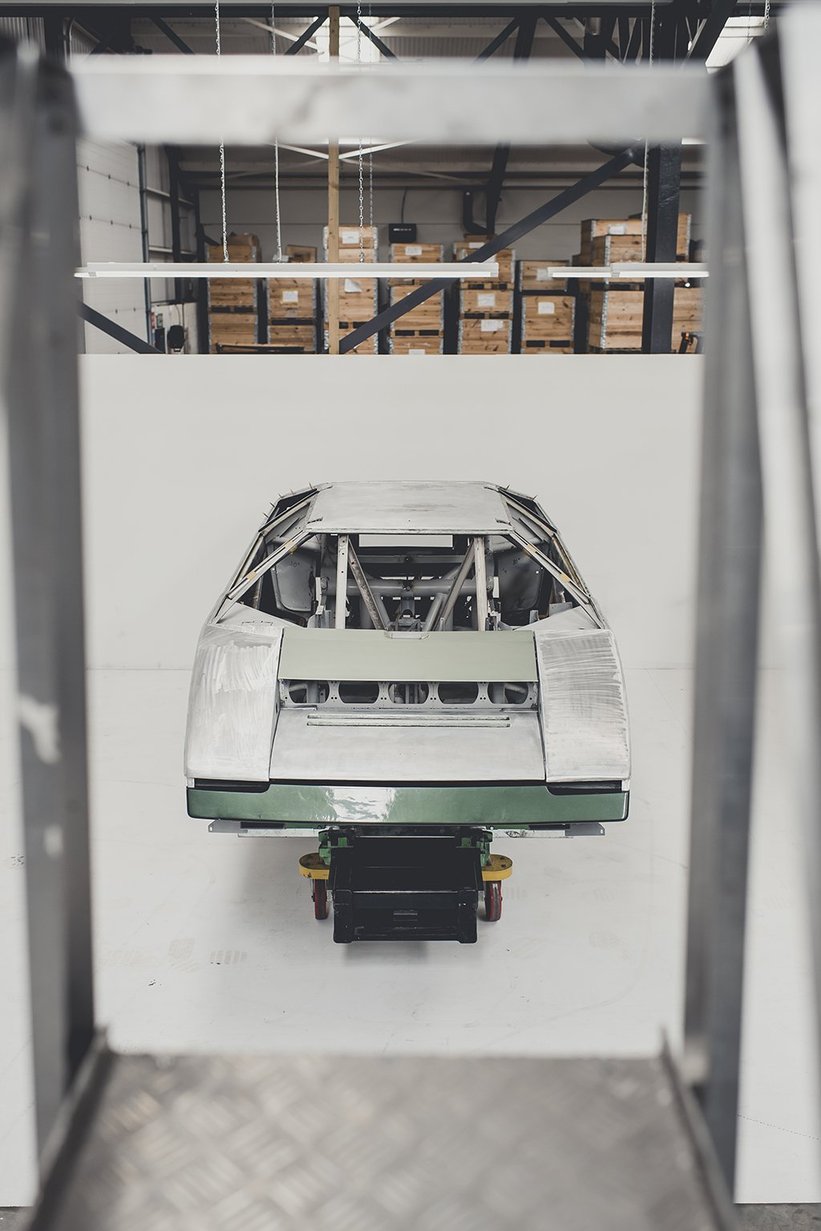
One final question, please tell me about the team working on the car now?
“Classic Motor Cars in Shropshire is undertaking the project. Nigel Woodward and his fantastic team have worked through great adversity during the pandemic and have met every challenge the car has thrown up with great ingenuity and fortitude! The car will be ready in just under 12 months; at present it’s stripped bare and having the rear suspension built.”
Gentlemen, thank you so much for your time and the exclusive insight into the Aston Martin Bulldog project. Classic Driver cannot wait to see the results of the hard work and dedication from you all.
Photos: Amy Shore © 2020














































































